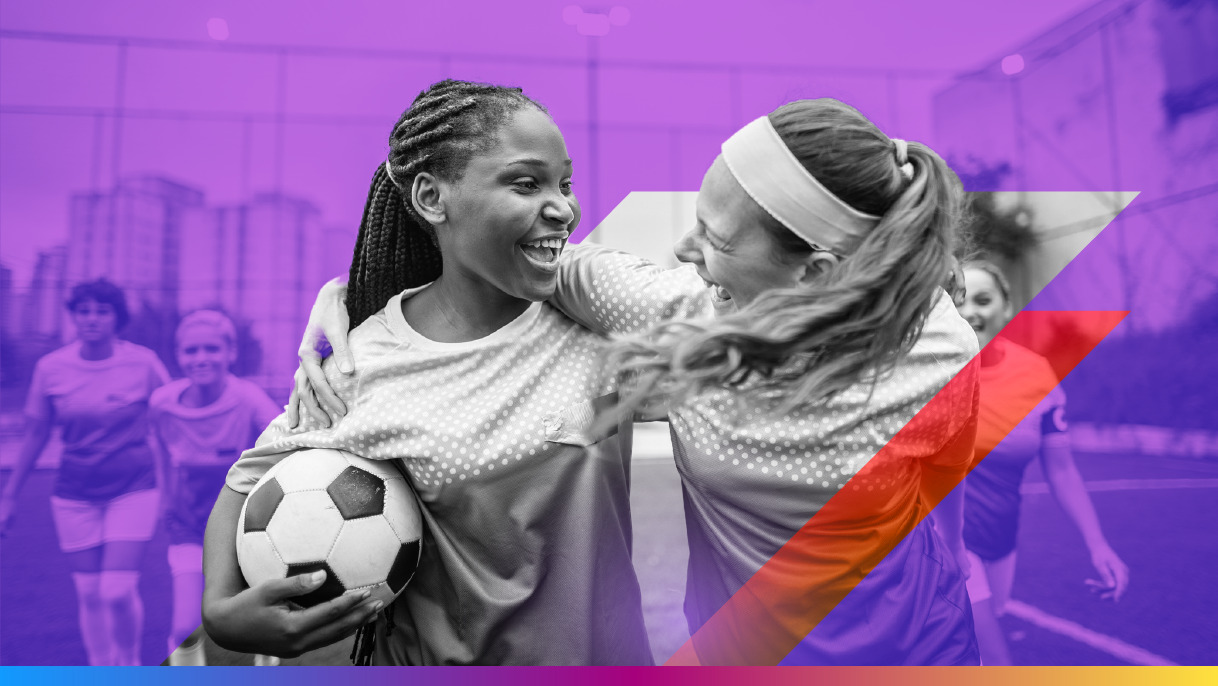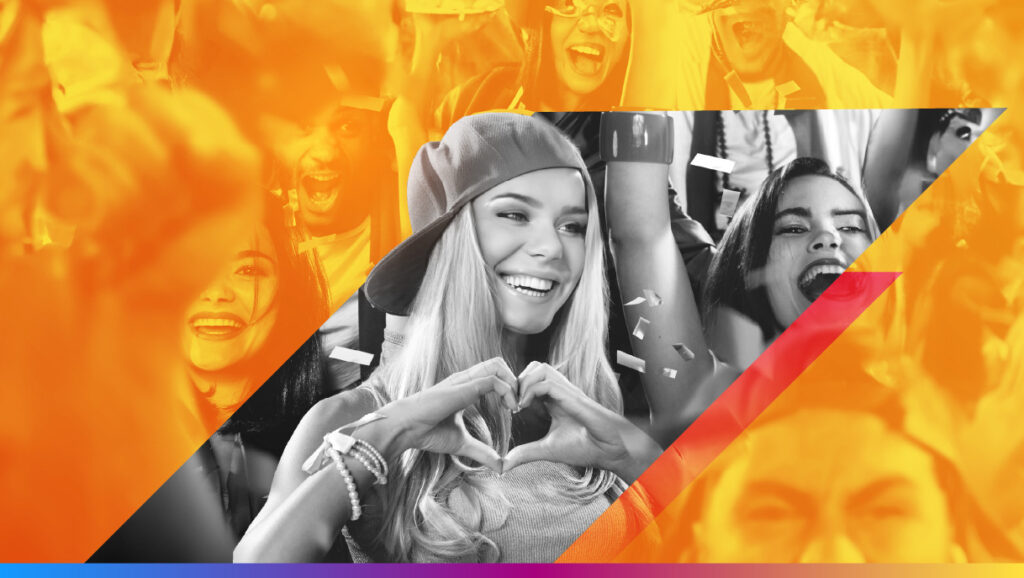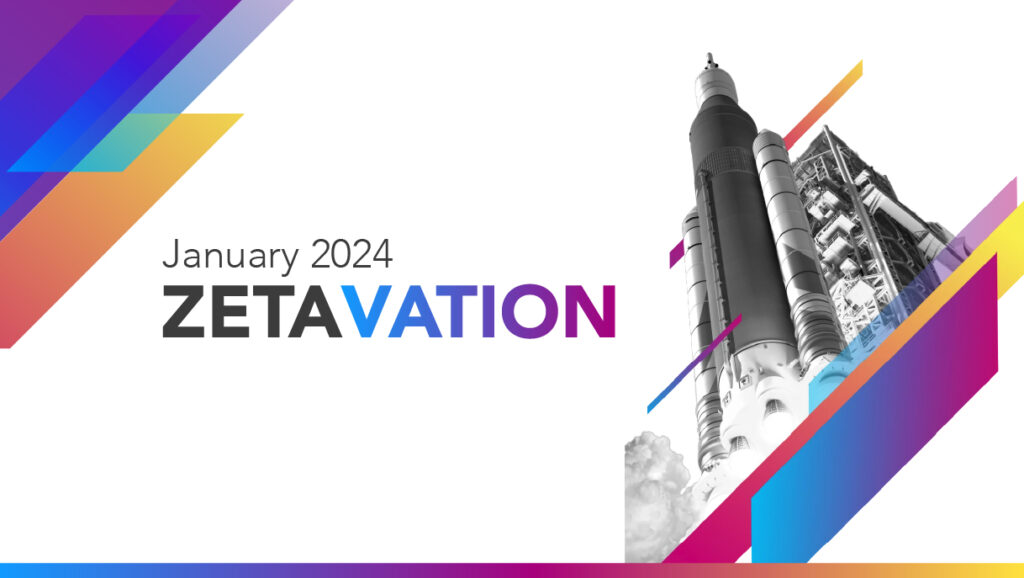
Women’s Sports Take Center Stage: What it Means for Brands and Advertisers
Even casual sports fans have noticed the seismic shift in the sports world over the past several years, as women athletes, their teams, and the leagues they compete in have grown in popularity and exposure. Historically women’s sports have lagged their male counterparts, but a new era is dawning.
Women’s sports are growing exponentially in viewership, attendance, and participation, and it’s reshaping how brands connect with their audiences and market their products. As female athletes like Caitlin Clark, Simone Biles, and She’Carri Richardson capture headlines and hearts, it’s clear that there are massive opportunities for brands to engage with a new and impassioned audience that are fired up about women’s sports.
The Paris Olympics Focus on Female
The 2024 Summer Olympics, which kicked off on July 26th in Paris, has already been a watershed event for women’s sports. Networks and brands recognize the immense potential of female athletics and have shifted their strategies to capitalize on the popularity.
The Today Show and other broadcast shows are ramping up their Olympic coverage and showcasing the journeys and achievements of female athletes, while major brands are making big bets on Paris. Even Alex Cooper, host of the popular female-oriented podcast, Call Her Daddy, inked a special deal with Peacock to present live and host watch parties, all designed to bring a new demographic of fans into the fold.
Fenty, a premium partner for the Olympics and Paralympics, is giving away makeup kits and tutorials to the 600 volunteers who award medals to athletes, blending beauty with sports in a fun and unique way. Sephora, one of the world’s largest makeup brands, is spending heavily on the Olympics and offering makeovers for the winning athletes. Pampers has partnered with Allyson Felix, the most decorated track and field athlete in history, to create a nursery for athlete moms in the Olympic Village. And Nike, not to be outdone, is making its largest media spend to date with campaigns centered on inclusion and empowerment.
And these are just the brands getting media coverage about their participation.
Women Lead Current Olympic Viewership Trends
Data provided by Zeta Global, the AI-Powered Marketing Cloud, shows that, for the first time, Olympic viewership is skewing more heavily female for both online content consumption and traditional TV viewership. Specifically, in the 90 days leading up to the Olympics, 55.8% of individuals reading online content about the Games were female, compared to 44.2% male.
And that only intensified after The Opening Ceremonies: 60.74% of viewers in the first four days were female, according to Zeta.
The first week of July 2024 also saw a 42% increase in interest in women’s competitive soccer compared to the previous week. Though female athletes across various sports, such as Beiwen Zhang (badminton), Brooke Andersen (hammer throwing), Anna Cockrell (track and field), and Sarah Sponcil (volleyball), are drawing comparable or even higher interest than their male counterparts. But here’s the thing: The focus on female Olympians isn’t new. In 2021, only three male athletes made the top 10 Olympian athletes list. What’s different this year is that networks and brands are on board.
Armed with this information, advertisers can capitalize by aligning their campaigns with the interests of female Olympic viewers to increase engagement and impact during the Games. And we’re already seeing this in action. Within the first few days of the Games, Zeta confirmed that ads for traditionally “feminine” subcategories (beauty, flowers, jewelry, women’s empowerment, etc.) increased 22.75% compared to the prior week.
The Impact of Rising Female Sports Viewership
The rising popularity of women’s sports isn’t just a cultural phenomenon; it has substantial economic implications as well. Major tournaments like the FIFA Women’s World Cup and UEFA Women’s Champions League have reported record-breaking viewership figures, signaling a global shift in sports consumption.
In the U.S., the WNBA reported that approximately 400,000 fans attended games since the start of the season through the end of May, the most through the first month of the season in 26 years. Plus, more than half of all games were sellouts, which is a 156% increase from last year. Elite soccer stars Megan Rapinoe and Alex Morgan have become household names, which is reinforced by the attendance record set in 2023 for the Women’s World Cup, with nearly 2 million fans.
Data like this has made broadcasting rights for women’s sports much more valuable, which benefits the sports franchises, networks, and players alike. Companies are also recognizing this new lucrative market, with major brands like Nike, Google, and Coca-Cola increasing their sponsorships and advertising budgets. In fact, Deloitte predicts that revenue from women’s elite sports will break the $1 billion mark in 2024, a 300% increase from 2021.
Increased attendance at women’s sports also translates to higher ticket sales, concessions, and related spending like merchandise, which means bigger salaries and endorsements for female athletes, and more investment in leagues, facilities, and training. Larger investments in women’s athletics also creates a ripple effect across other sectors like fashion, entertainment, and media, and the increased visibility of female athletes inspires more young girls to participate in sports. This is reflected in the growing youth sports market which is projected to expand from $37.5 billion in 2022 to $69.4 billion by 2030.
Brands Score Big with Female-Focused Advertising
Brands have a golden opportunity to engage with a growing and passionate audience of women and girls. Sometimes referred to as the ‘Girl Economy,’ this active demographic has tremendous spending power and is using it more and more frequently.
In May of 2023, Beyoncé single-handedly raised inflation in Sweden during the kickoff of her Renaissance World Tour, and Taylor Swift’s Eras tour became the first in history to surpass $1 billion in revenue. Swift’s fans also gave Michaels Craft Stores a 300% jump in the sale of beads and jewelry in the days leading up to concerts at her tour stops.
As the ‘Girl Economy’ shifts its focus to sports, brands that support women’s athletics are seen more positively by fans. Female athletics aren’t yet at parity with their male counterparts, but the trend lines are there, and early movers will be rewarded. According to Nielsen Fan Insights, 71% of Women’s World Cup fans believe that companies that sponsor the tournament are committed to advancing gender equality and women’s sports and, 69% of fans believe brands are more appealing when they participate in sports sponsorships.
The WNBA has also experienced the spending power of female fans. Neilson shows that after seeing a sponsorship during a game, 44% of WNBA fans claim to have visited the brand’s website, and 28% claim to have bought something from the brand—compared to 36% and 24% of NBA fans.
Networks are also adapting to increased female viewership by unbundling sports cable packages, giving advertisers the ability to target women’s sports specifically. This gives advertisers a wealth of new data to build targeted communications that can be integrated into omnichannel campaigns that drive meaningful revenue.
Brands Can’t Afford to Ignore the Surge in Women’s Sports
The surge in popularity of women’s sports is rewriting the playbook for brands and advertisers alike. Female athletes are not only making headlines, but also driving significant economic impact, which paves the way for marketing and engagement strategies.
Brands that recognize and invest in this trend stand to win big, connecting with a passionate and growing audience in meaningful ways that are proven to drive substantial bottom-line revenue. The future of sports is female, and with it comes a wealth of opportunities for those ready to embrace the change.
Want to see Zeta in action?




